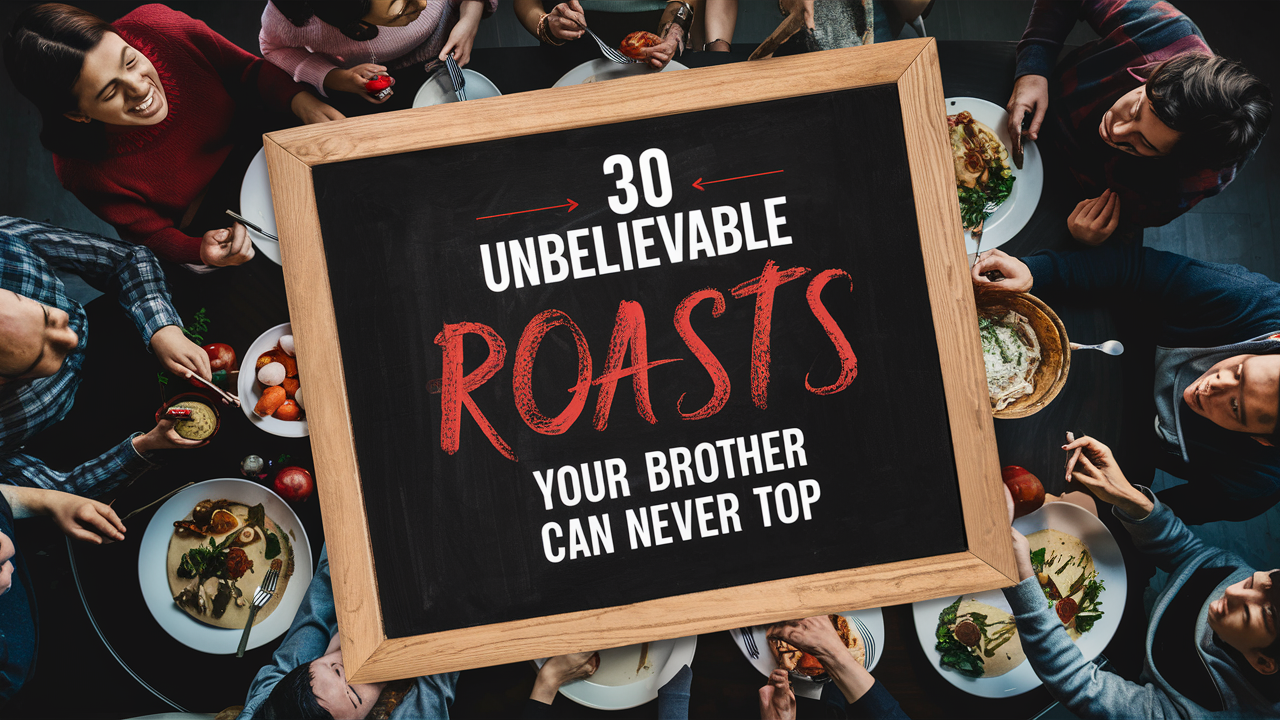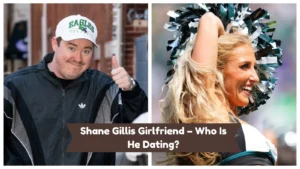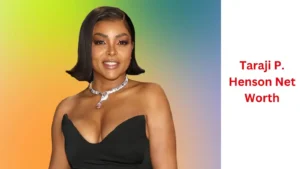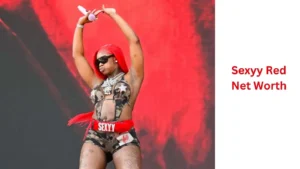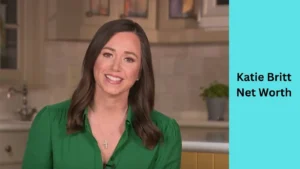In today’s fast-paced world, maintaining connections with friends, family, and colleagues is more important than ever. A simple “Hope all is well” can go a long way in nurturing these relationships. However, finding the right response to such a greeting can sometimes be challenging.
This article explores 30 creative replies to “Hope all is well,” offering thoughtful and engaging ways to continue the conversation.
Whether you’re responding in a professional setting or chatting with a close friend, these replies will help you express your sentiments with warmth and clarity.
When someone sends you a message saying “Hope all is well,” they are extending a gesture of care and interest. How you respond can set the tone for the rest of your conversation.
Crafting a thoughtful reply not only acknowledges their kindness but also shows that you value the interaction. In this article, we’ll provide you with 30 creative responses to “Hope all is well” that you can use in various scenarios.
Each response is designed to fit different contexts, ensuring you always have the perfect reply at your fingertips.
Thank You! Hope You’re Doing Great Too
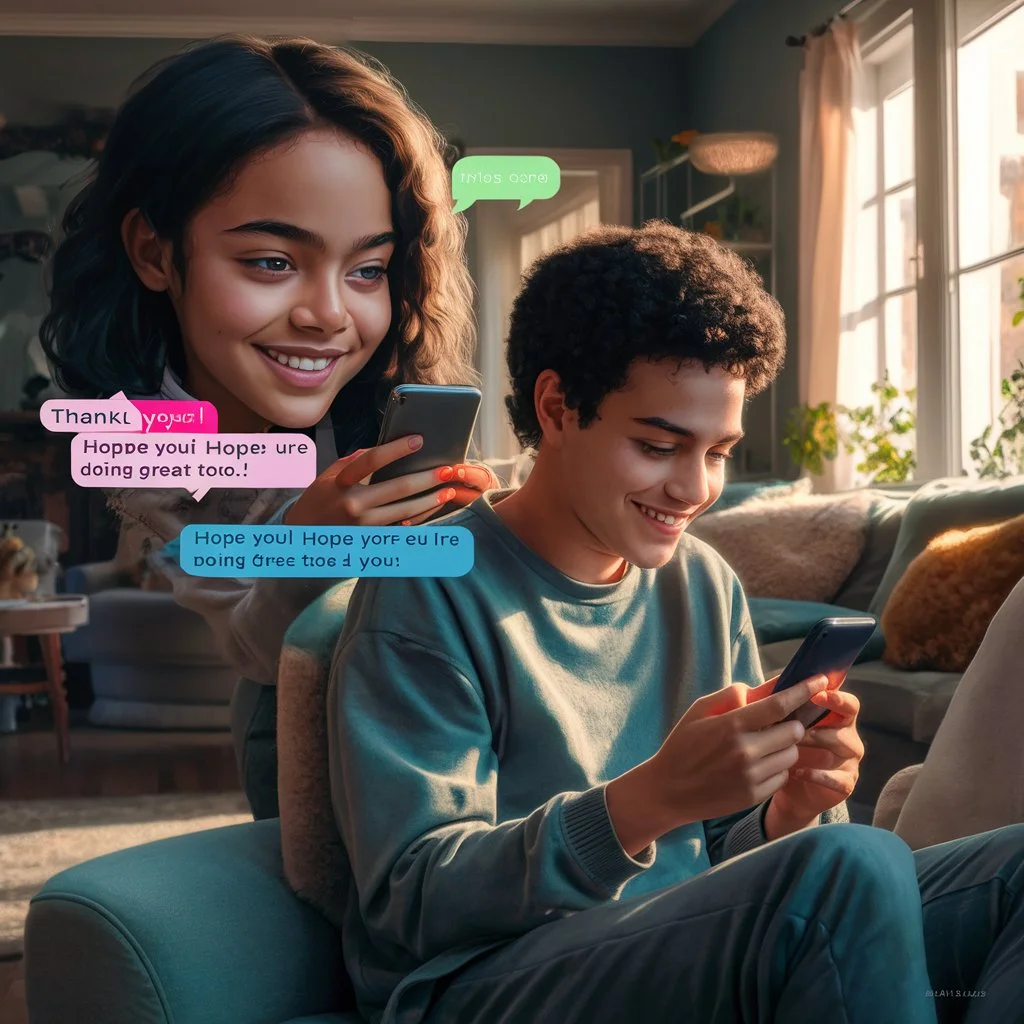
When someone reaches out to you with a warm greeting, it’s always nice to reciprocate with similar positivity. Saying, “Thank you! Hope you’re doing great too,” is a fantastic way to acknowledge their kindness while also expressing your goodwill.
Expressing gratitude shows that you appreciate their concern. Gratitude is a powerful tool in maintaining healthy relationships, both personally and professionally. It shows that you recognize and value the other person’s effort in reaching out to you.
Additionally, by wishing them well, you keep the positive energy flowing. It’s a simple yet effective way to keep the conversation upbeat and engaging.
Conversational Example
Person A:
“Hope all is well!”
Person B:
“Thank you! Hope you’re doing great too.”
This exchange sets a friendly and positive tone for any further conversation.
All Is Well Here, Thank You for Asking
A straightforward yet sincere response is often the best way to go. “All is well here, thank you for asking” provides a clear and concise update about your current state.
This response is appropriate in both personal and professional contexts. It reassures the other person that you are doing fine, while also showing that you appreciate their concern.
Additionally, this response invites further conversation. It can be a segue into more detailed updates or discussions about other topics.
Conversational Example
Person A:
“Hope all is well!”
Person B:
“All is well here, thank you for asking.”
This reply is respectful and opens the door for more dialogue.
I Appreciate Your Kind Wishes
Responding with “I appreciate your kind wishes” is a heartfelt way to acknowledge someone’s goodwill. This phrase emphasizes your gratitude and makes the other person feel valued.
By highlighting appreciation, you are reinforcing positive social interactions. Acknowledging kindness can strengthen bonds and foster a sense of community.
This response can be particularly effective in professional settings where maintaining a polite and courteous tone is important.
Conversational Example
Person A:
“Hope all is well!”
Person B:
“I appreciate your kind wishes.”
This response is simple yet impactful, making the other person feel acknowledged and appreciated.
Thanks! How Have You Been?
Turning the focus back on the other person is a great way to keep the conversation going. Responding with “Thanks! How have you been?” shows that you are genuinely interested in their well-being.
This reply not only acknowledges their initial greeting but also encourages them to share more about themselves. Showing interest in others is key to building strong relationships.
This response is versatile and can be used in both personal and professional conversations.
Conversational Example
Person A:
“Hope all is well!”
Person B:
“Thanks! How have you been?”
This question invites the other person to share more about their own experiences, deepening the conversation.
All Good Here, Hope Everything’s Fine on Your End
When you want to keep the conversation balanced, responding with “All good here, hope everything’s fine on your end” is a great choice. This reply provides a brief update about yourself and encourages the other person to do the same.
This response is particularly useful in professional settings where keeping the exchange concise is important. It shows that you are doing well and care about the other person’s situation as well.
Conversational Example
Person A:
“Hope all is well!”
Person B:
“All good here, hope everything’s fine on your end.”
This balanced response ensures that both parties feel acknowledged and can continue the conversation naturally.
Doing Well, Hope the Same for You
Expressing mutual well-wishes can be a simple yet effective way to respond. “Doing well, hope the same for you” is a concise reply that conveys positivity.
This response shows that you are in a good place and extends the same hope for the other person. It’s a friendly and considerate way to keep the conversation positive.
Conversational Example
Person A:
“Hope all is well!”
Person B:
Doing well, hope the same for you.”
This reply keeps the exchange upbeat and fosters a positive interaction.
Thank You! Wishing You the Best as Well
When you want to convey heartfelt wishes, responding with “Thank you! Wishing you the best as well” is a great option. This reply shows gratitude and extends good wishes to the other person.
This response is appropriate in both personal and professional settings. It emphasizes your appreciation and reciprocates the kind sentiment.
Conversational Example
Person A:
“Hope all is well!”
Person B:
“Thank you! Wishing you the best as well.”
This reply is warm and considerate, making the other person feel valued.
Everything’s Great, Thanks for Checking In
A positive update can be reassuring for the person reaching out. Responding with “Everything’s great, thanks for checking in” provides a clear and upbeat response.
This reply shows that you are doing well and appreciate their concern. It’s a simple way to keep the conversation positive and engaging.
Conversational Example
Person A:
“Hope all is well!”
Person B:
“Everything’s great, thanks for checking in.”
This response is reassuring and keeps the conversation light and positive.
Thank You! Hope Life Is Treating You Kindly
When you want to extend more personal wishes, responding with “Thank you! Hope life is treating you kindly” adds a thoughtful touch. This reply shows that you care about the other person’s overall well-being.
This response is particularly effective in personal conversations where you want to convey a deeper level of care and concern.
Conversational Example
Person A:
“Hope all is well!”
Person B: “
Thank you! Hope life is treating you kindly.”
This reply adds a personal touch and shows genuine interest in the other person’s happiness.
All Is Well, Thank You! How About You?
Turning the conversation back to the other person is a great way to keep the dialogue flowing. Responding with “All is well, thank you! How about you?” shows that you are interested in their well-being as well.
This response is versatile and can be used in various contexts. It acknowledges their initial greeting and encourages them to share more about themselves.
Conversational Example
Person A:
“Hope all is well!”
Person B:
“All is well, thank you! How about you?”
This question invites the other person to share more about their own experiences, deepening the conversation.
Thanks! Hope You’re Thriving Too
A dynamic and upbeat response can add energy to the conversation. Responding with “Thanks! Hope you’re thriving too” conveys enthusiasm and positivity.
This reply is particularly effective in professional settings where you want to convey a sense of ambition and drive.
Conversational Example
Person A:
“Hope all is well!”
Person B:
“Thanks! Hope you’re thriving too.”
This response adds a positive and dynamic touch to the conversation.
Doing Well, Hope You Are Too
A straightforward and sincere reply can often be the best choice. Responding with “Doing well, hope you are too” provides a clear and concise update while extending good wishes.
This response is appropriate in both personal and professional settings. It keeps the conversation positive and focused.
Conversational Example
Person A:
“Hope all is well!”
Person B:
“Doing well, hope you are too.”
This reply is simple yet effective, keeping the exchange positive and friendly.
Everything’s Fine Here, Thanks for Asking
Providing a brief update about your current state can be reassuring for the other person. Responding with “Everything’s fine here, thanks for asking” offers a clear and concise reply.
This response is particularly useful in professional settings where you want to keep the exchange concise and focused.
Conversational Example
Person A:
“Hope all is well!”
Person B:
“Everything’s fine here, thanks for asking.”
This balanced response ensures that both parties feel acknowledged and can continue the conversation naturally.
Thank You! Hope Everything Is Wonderful with You
Extending more personal wishes can add a thoughtful touch to your response. Responding with “Thank you! Hope everything is wonderful with you” shows that you care about the other person’s overall well-being.
This response is particularly effective in personal conversations where you want to convey a deeper level of care and concern.
Conversational Example
Person A:
“Hope all is well!”
Person B:
“Thank you! Hope everything is wonderful with you.”
This reply adds a personal touch and shows genuine interest in the other person’s happiness.
All Good, Hope You’re Doing Well Too
A balanced and mutual reply can keep the conversation engaging. Responding with “All good, hope you’re doing well too” shows that you are doing fine and care about the other person’s situation as well.
This response is appropriate in both personal and professional settings. It keeps the conversation positive and inclusive.
Conversational Example
Person A:
“Hope all is well!”
Person B:
“All good, hope you’re doing well too.”
This balanced response ensures that both parties feel acknowledged and can continue the conversation naturally.
Appreciate It! Hope You’re in Good Spirits
Adding a touch of positivity can enhance your reply. Responding with “Appreciate it! Hope you’re in good spirits” conveys gratitude and extends good wishes.
This response is particularly effective in professional settings where maintaining a polite and courteous tone is important.
Conversational Example
Person A:
“Hope all is well!”
Person B:
“Appreciate it! Hope you’re in good spirits.”
This reply is simple yet impactful, making the other person feel acknowledged and appreciated.
Thank You! How’s Everything on Your Side?
Turning the conversation back to the other person is a great way to keep the dialogue flowing. Responding with “Thank you! How’s everything on your side?” shows that you are interested in their well-being as well.
This response is versatile and can be used in various contexts. It acknowledges their initial greeting and encourages them to share more about themselves.
Conversational Example
Person A:
“Hope all is well!”
Person B:
“Thank you! How’s everything on your side?”
This question invites the other person to share more about their own experiences, deepening the conversation.
Everything’s Great Here, Thank You
A positive update can be reassuring for the person reaching out. Responding with “Everything’s great here, thank you” provides a clear and upbeat response.
This reply shows that you are doing well and appreciate their concern. It’s a simple way to keep the conversation positive and engaging.
Conversational Example
Person A:
“Hope all is well!”
Person B:
“Everything’s great here, thank you.”
This response is reassuring and keeps the conversation light and positive.
Thanks for the Well Wishes! Hope You’re Great Too
Expressing mutual well-wishes can be a simple yet effective way to respond. “Thanks for the well wishes! Hope you’re great too” is a concise reply that conveys positivity.
This response shows that you are in a good place and extends the same hope for the other person. It’s a friendly and considerate way to keep the conversation positive.
Conversational Example
Person A:
“Hope all is well!”
Person B:
“Thanks for the well wishes! Hope you’re great too.”
This reply keeps the exchange upbeat and fosters a positive interaction.
All Is Good, Thanks! How Are Things with You?
Turning the focus back on the other person is a great way to keep the conversation going. Responding with “All is good, thanks! How are things with you?” shows that you are genuinely interested in their well-being.
This reply not only acknowledges their initial greeting but also encourages them to share more about themselves. Showing interest in others is key to building strong relationships.
This response is versatile and can be used in both personal and professional conversations.
Conversational Example
Person A:
“Hope all is well!”
Person B:
“All is good, thanks! How are things with you?”
This question invites the other person to share more about their own experiences, deepening the conversation.
Doing Fine, Thanks! Wishing You the Same
A straightforward and sincere reply can often be the best choice. Responding with “Doing fine, thanks! Wishing you the same” provides a clear and concise update while extending good wishes.
This response is appropriate in both personal and professional settings. It keeps the conversation positive and focused.
Conversational Example
Person A:
“Hope all is well!”
Person B:
“Doing fine, thanks! Wishing you the same.”
This reply is simple yet effective, keeping the exchange positive and friendly.
All Is Well, Thank You! Hope You’re Doing Great
When you want to convey heartfelt wishes, responding with “All is well, thank you! Hope you’re doing great” is a great option. This reply shows gratitude and extends good wishes to the other person.
This response is appropriate in both personal and professional settings. It emphasizes your appreciation and reciprocates the kind sentiment.
Conversational Example
Person A:
“Hope all is well!”
Person B:
“All is well, thank you! Hope you’re doing great.”
This reply is warm and considerate, making the other person feel valued.
Thank You! Hope Your Day Is Going Well
Adding a personal touch to your response can make the other person feel appreciated. Responding with “Thank you! Hope your day is going well” shows that you care about their current state.
This response is particularly effective in personal conversations where you want to convey a deeper level of care and concern.
Conversational Example
Person A:
Hope all is well!”
Person B:
Thank you! Hope your day is going well.”
This reply adds a personal touch and shows genuine interest in the other person’s happiness.
Thanks for Asking! Hope Everything’s Good with You
Providing a brief update about your current state and turning the focus back on the other person can keep the conversation engaging. Responding with “Thanks for asking! Hope everything’s good with you” offers a clear and concise reply.
This response is particularly useful in professional settings where you want to keep the exchange concise and focused.
Conversational Example
Person A:
“Hope all is well!”
Person B:
Thanks for asking! Hope everything’s good with you.”
This balanced response ensures that both parties feel acknowledged and can continue the conversation naturally.
All Good Here, Thanks! How Are You?
Turning the focus back on the other person is a great way to keep the conversation going. Responding with “All good here, thanks! How are you?” shows that you are genuinely interested in their well-being.
This reply not only acknowledges their initial greeting but also encourages them to share more about themselves. Showing interest in others is key to building strong relationships.
This response is versatile and can be used in both personal and professional conversations.
Conversational Example
Person A:
“Hope all is well!”
Person B:
“All good here, thanks! How are you?”
This question invites the other person to share more about their own experiences, deepening the conversation.
Thank You! Hope You’re Having a Wonderful Time
Extending more personal wishes can add a thoughtful touch to your response. Responding with “Thank you! Hope you’re having a wonderful time” shows that you care about the other person’s overall well-being.
This response is particularly effective in personal conversations where you want to convey a deeper level of care and concern.
Conversational Example
Person A:
“Hope all is well!”
Person B
Thank you! Hope you’re having a wonderful time.”
This reply adds a personal touch and shows genuine interest in the other person’s happiness.
Everything’s Going Well, Thanks! How About You?
Providing a brief update about your current state and turning the focus back on the other person can keep the conversation engaging. Responding with “Everything’s going well, thanks! How about you?” offers a clear and concise reply.
This response is particularly useful in professional settings where you want to keep the exchange concise and focused.
Conversational Example
Person A:
“Hope all is well!”
Person B:
“Everything’s going well, thanks! How about you?”
This balanced response ensures that both parties feel acknowledged and can continue the conversation naturally.
Thanks for the Kind Words! Hope You’re Doing Well
Expressing mutual well-wishes can be a simple yet effective way to respond. “Thanks for the kind words! Hope you’re doing well” is a concise reply that conveys positivity.
This response shows that you are in a good place and extends the same hope for the other person. It’s a friendly and considerate way to keep the conversation positive.
Conversational Example
Person A:
“Hope all is well!”
Person B:
“Thanks for the kind words! Hope you’re doing well.”
This reply keeps the exchange upbeat and fosters a positive interaction.
Doing Well, Thanks! Wishing You All the Best
A straightforward and sincere reply can often be the best choice. Responding with “Doing well, thanks! Wishing you all the best” provides a clear and concise update while extending good wishes.
This response is appropriate in both personal and professional settings. It keeps the conversation positive and focused.
Conversational Example
Person A:
“Hope all is well!”
Person B:
“Doing well, thanks! Wishing you all the best.”
This reply is simple yet effective, keeping the exchange positive and friendly.
All Is Fine, Thank You! Hope Everything’s Great for You
When you want to convey heartfelt wishes, responding with “All is fine, thank you! Hope everything’s great for you” is a great option. This reply shows gratitude and extends good wishes to the other person.
This response is appropriate in both personal and professional settings. It emphasizes your appreciation and reciprocates the kind sentiment.
Conversational Example
Person A:
“Hope all is well!”
Person B:
“All is fine, thank you! Hope everything’s great for you.”
This reply is warm and considerate, making the other person feel valued.
Conclusion
Responding to “Hope all is well” with creativity and thoughtfulness can make a significant difference in your interactions. Whether you’re conversing with friends, family, or colleagues, these 30 responses offer a range of options to suit any scenario. By showing appreciation, extending well-wishes, and engaging in meaningful dialogue, you can strengthen your connections and foster positive relationships. Remember, a little effort in your responses can go a long way in making others feel valued and appreciated.

Matthew Porter is the visionary behind ReplySwift.com. With a talent for crafting concise and impactful responses, Matthew helps others communicate with clarity and confidence. On ReplySwift.com, he provides expert advice, practical templates, and valuable insights to enhance every reply. Join Matthew and transform your communication skills to make each response swift and effective.
